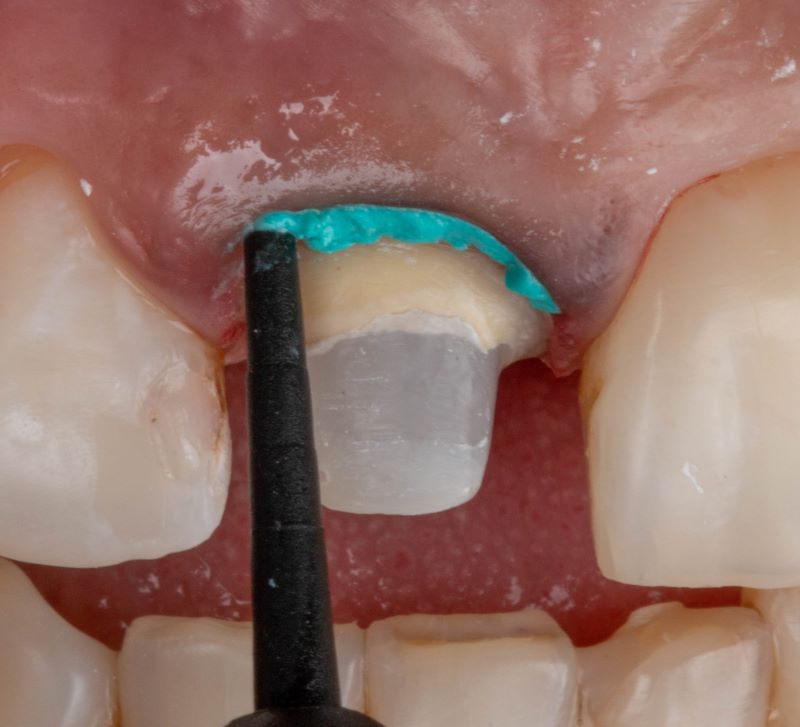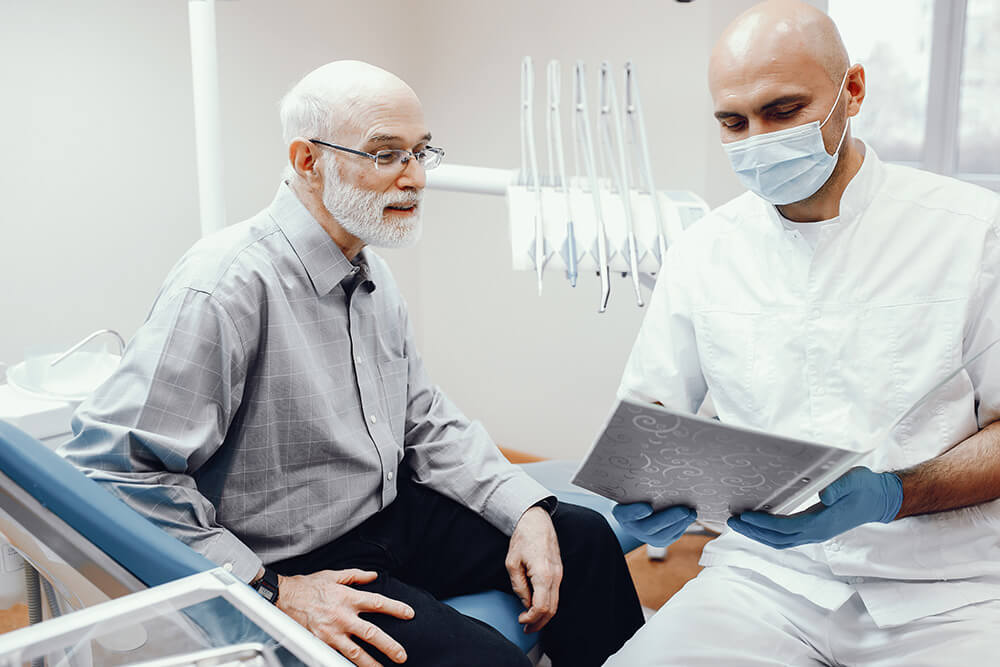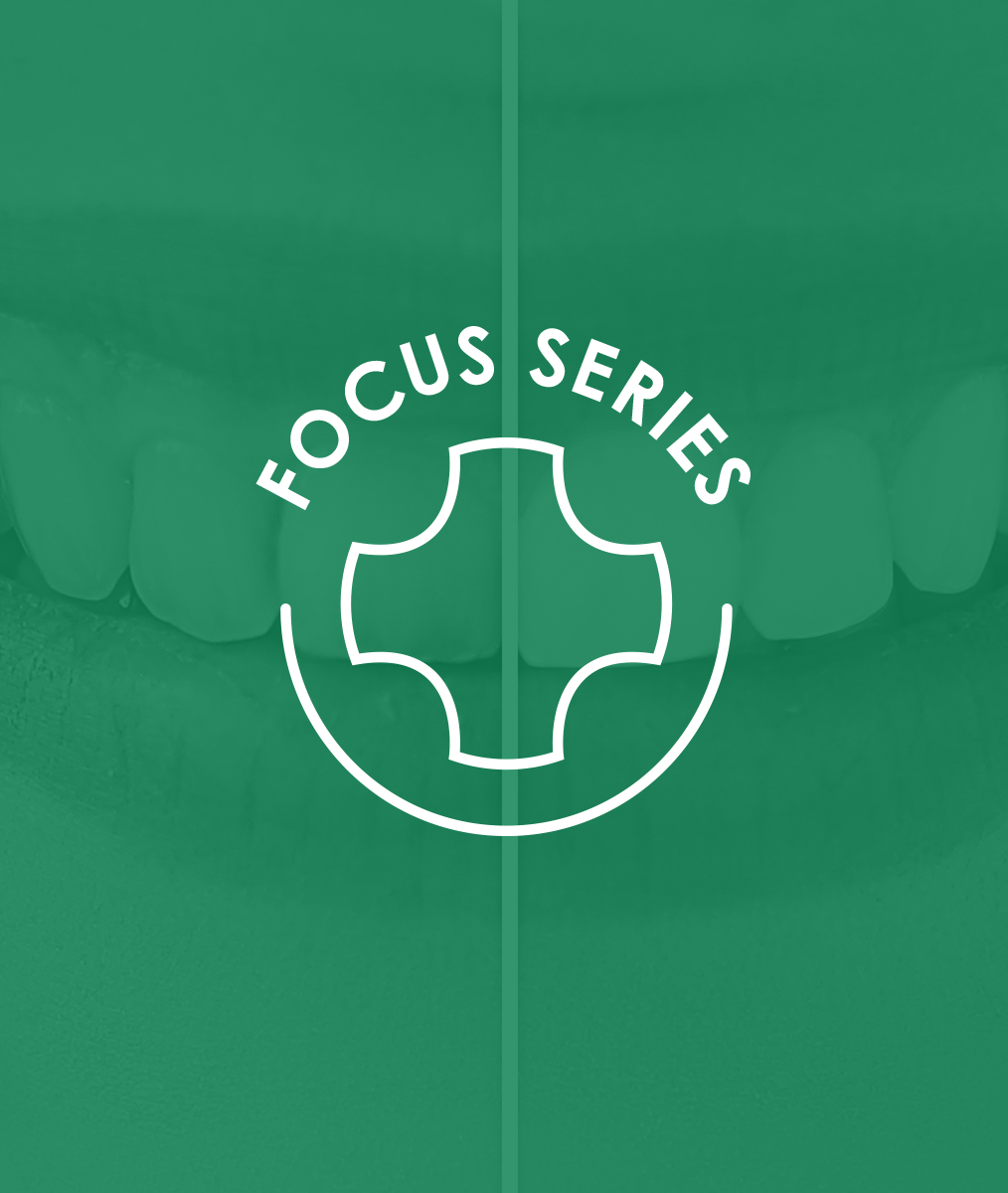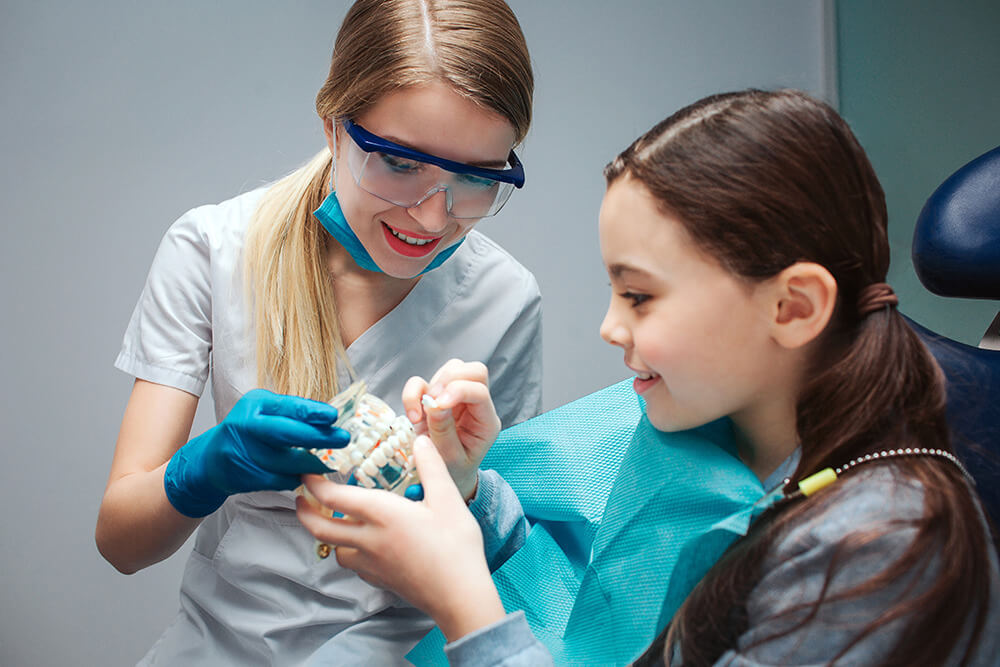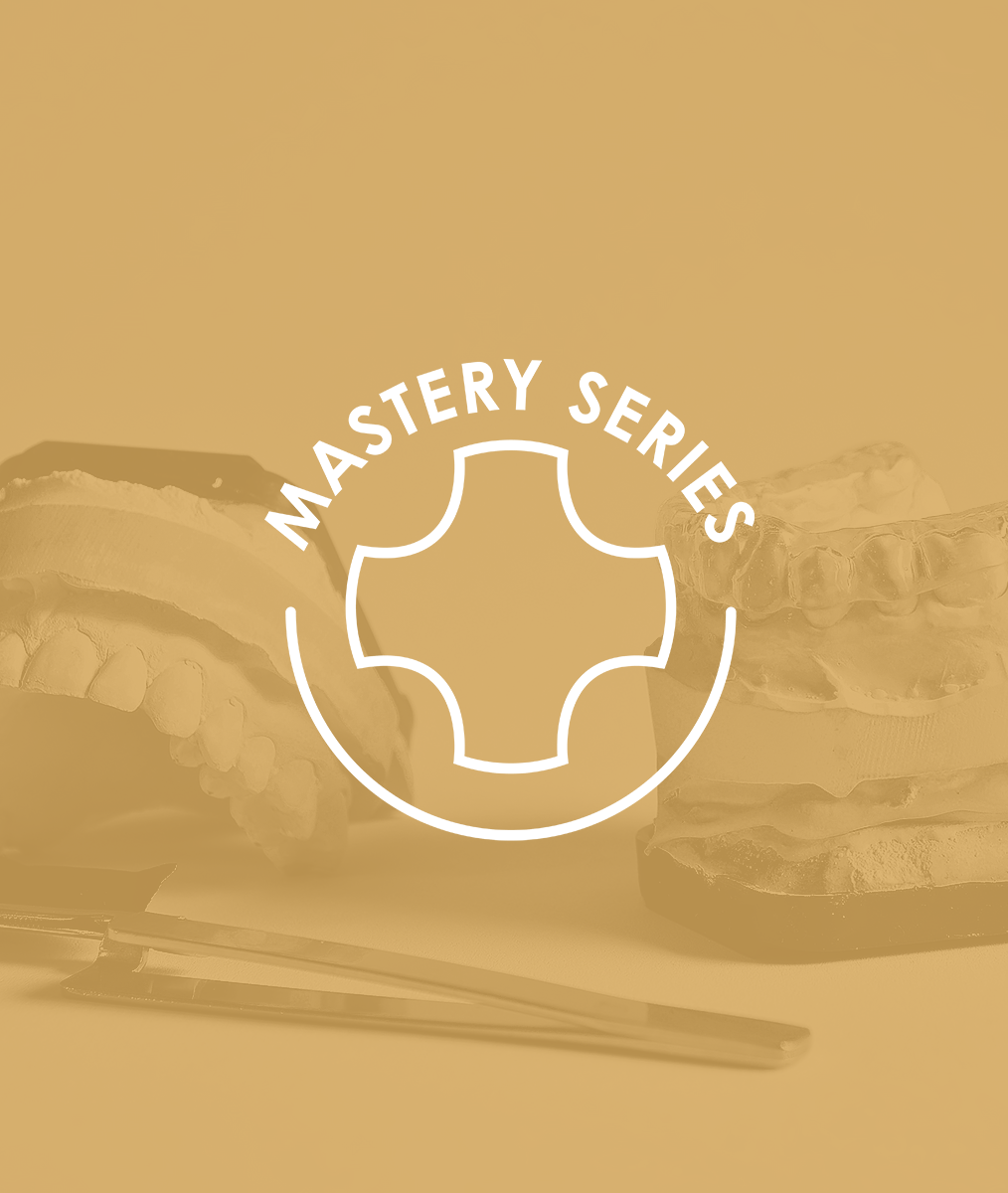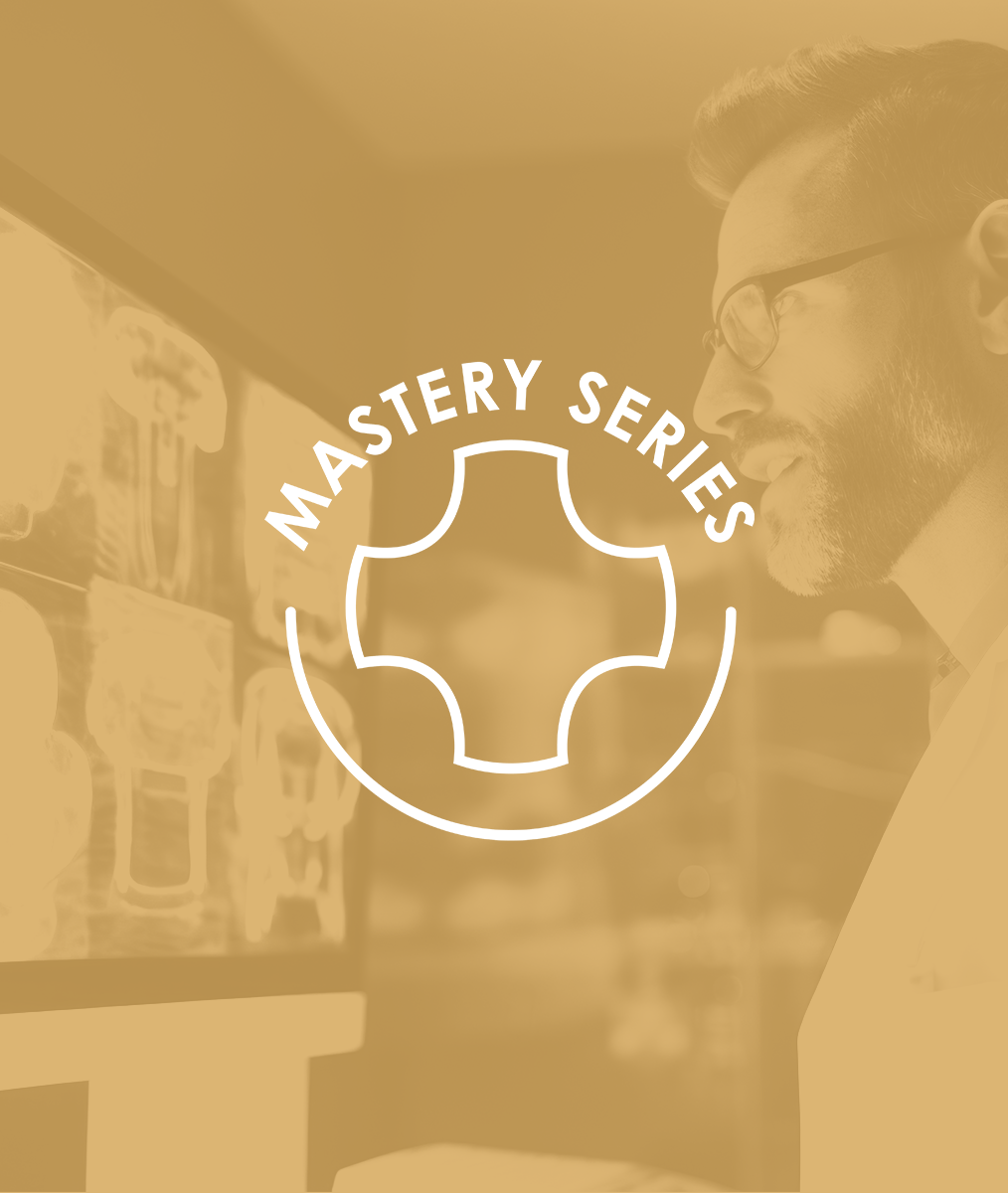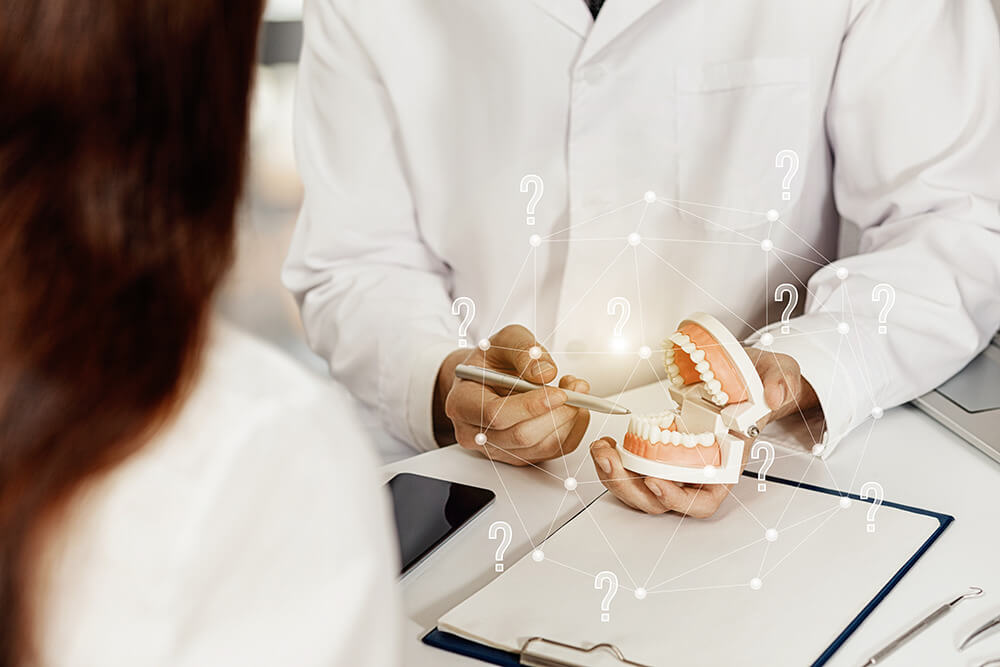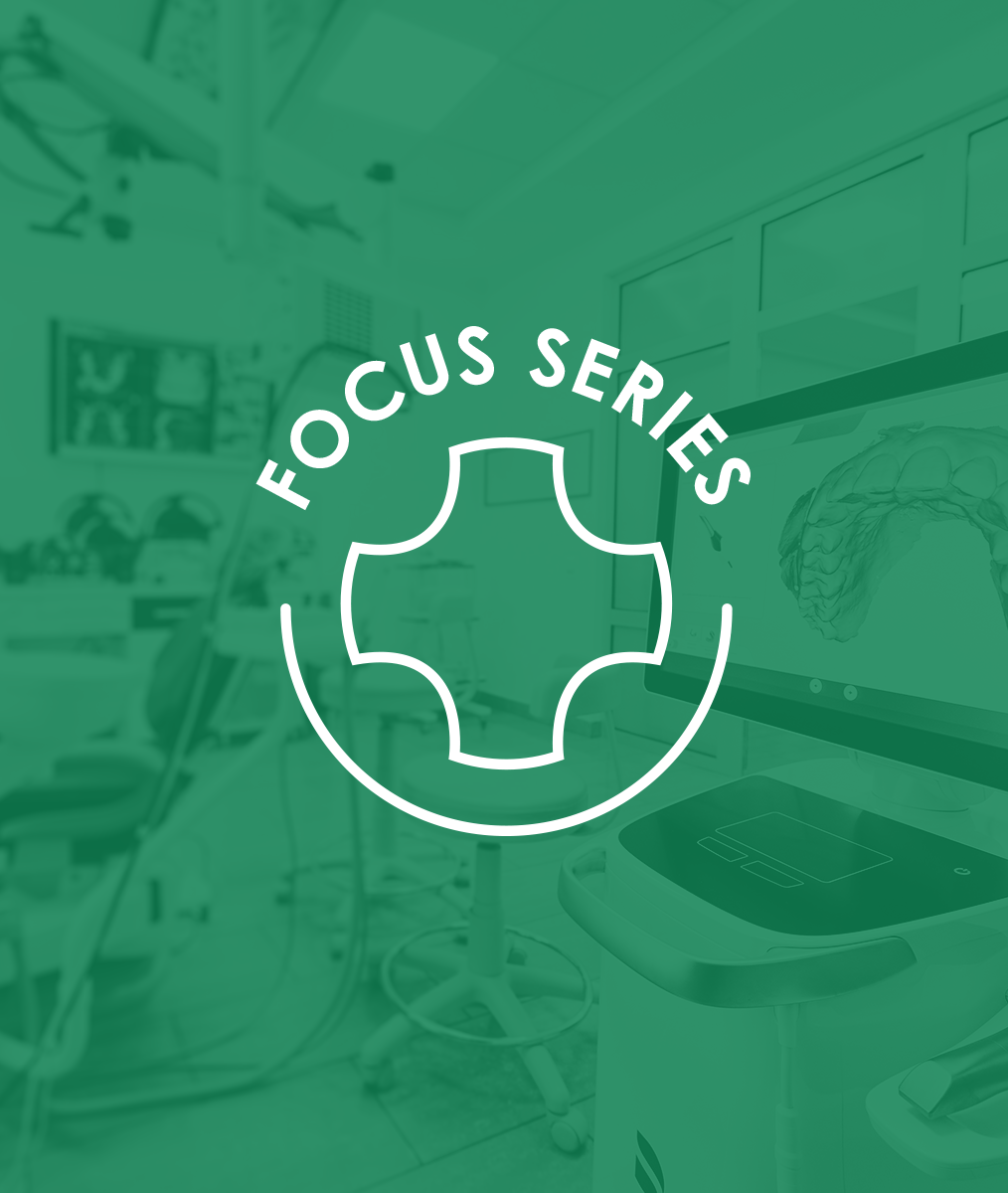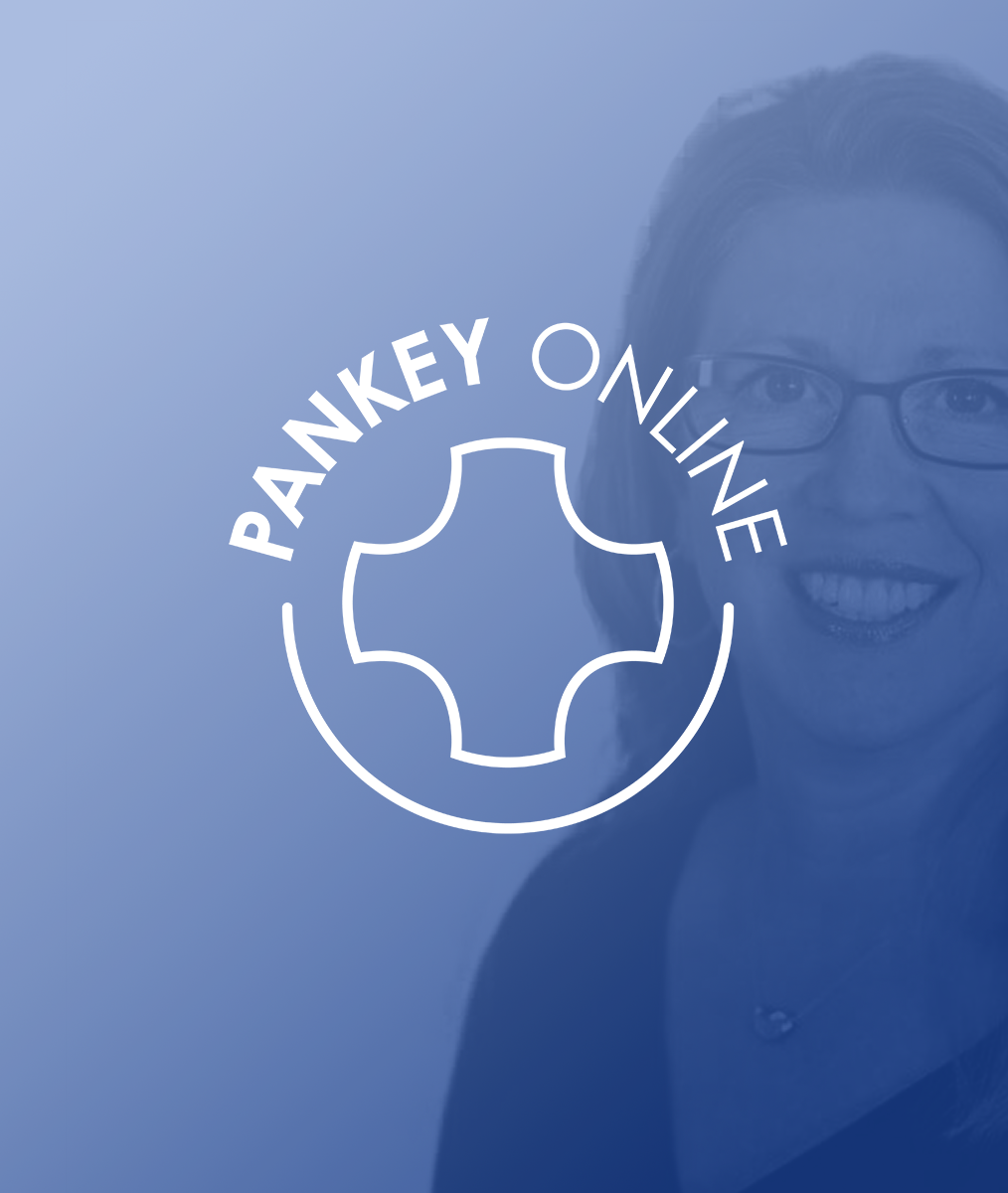Trusting Dental Patient Intuition
I had a great reminder recently while I was working with a patient that listening to patients’ intuitions and beliefs about their own dental health and care can be valuable. I’ve had this experience with many of my patients. Sometimes that value is clinical, and sometimes it is in increased patient understanding and relationship development.
I treat a lot of patients who have chronic TMD…oral facial pain…occlusal muscle disorders. You have them, too, in your dental practice. We try to help them understand that there is no “treatment,” but we have management strategies. Even when patients know this, it is frustrating for them when they have flare ups.
My patient had been comfortable and symptom free for the better part of a year, which was a long period for her. Recently, though, she had started waking up with headaches and muscle tension in her masseters and temporalis. She came in to talk about “What now?” And the answer to “What now?” is always “What has worked in the past?” We walked back on our options.
She wondered, “Can you add some material to my appliance? I always feel better at a slightly open vertical.”
The question didn’t surprise me. She’s been a dental patient for a lot of years and knows the meaning of “open vertical.” My first gut reaction was to dismiss her suggestion because it ran counter to what I know about the science and my clinical experience with other patients. I honestly didn’t want to change her appliance. But I intentionally put a pause on that resistance and sought clarification from her about what she has experienced.
Over the years, it has amazed me how knowledgeable patients are about their own dental health. They are receiving physiological data that so often they don’t know how to describe. Assessing the validity of what patients describe can be a challenge, but I’ve learned the value of acknowledging the information and asking the patient to tell me more. I ask, “Why do you think that? What have you experienced in the past that has led you to that belief?” Often, I can access the data and understand the validity of the information to help the patient.
When I don’t have a really good idea of what to do next and the TMD patient has an intuitive idea, I’ve come to respect their intuition and do what they suggest. Many, many times I have no evidence to explain why it works but their intuition works. And when it doesn’t work, it’s still okay because the patient has been validated. We’ve demonstrated we’re in a partnership in their care, and we move on to try something else.
I’ve learned to stop and recognize there must be something behind intuitions patients share. Seeking to learn more about their intuitions has led to trying new types of care and always deeper relationships with patients.
Related Course
E3: Restorative Integration of Form & Function
DATE: October 13 2024 @ 8:00 am - October 17 2024 @ 2:30 pmThis Course Is Sold Out! Understanding that “form follows function” is critical for knowing how to blend what looks good with what predictably functions well. E3 is the phase of…
Learn More>







